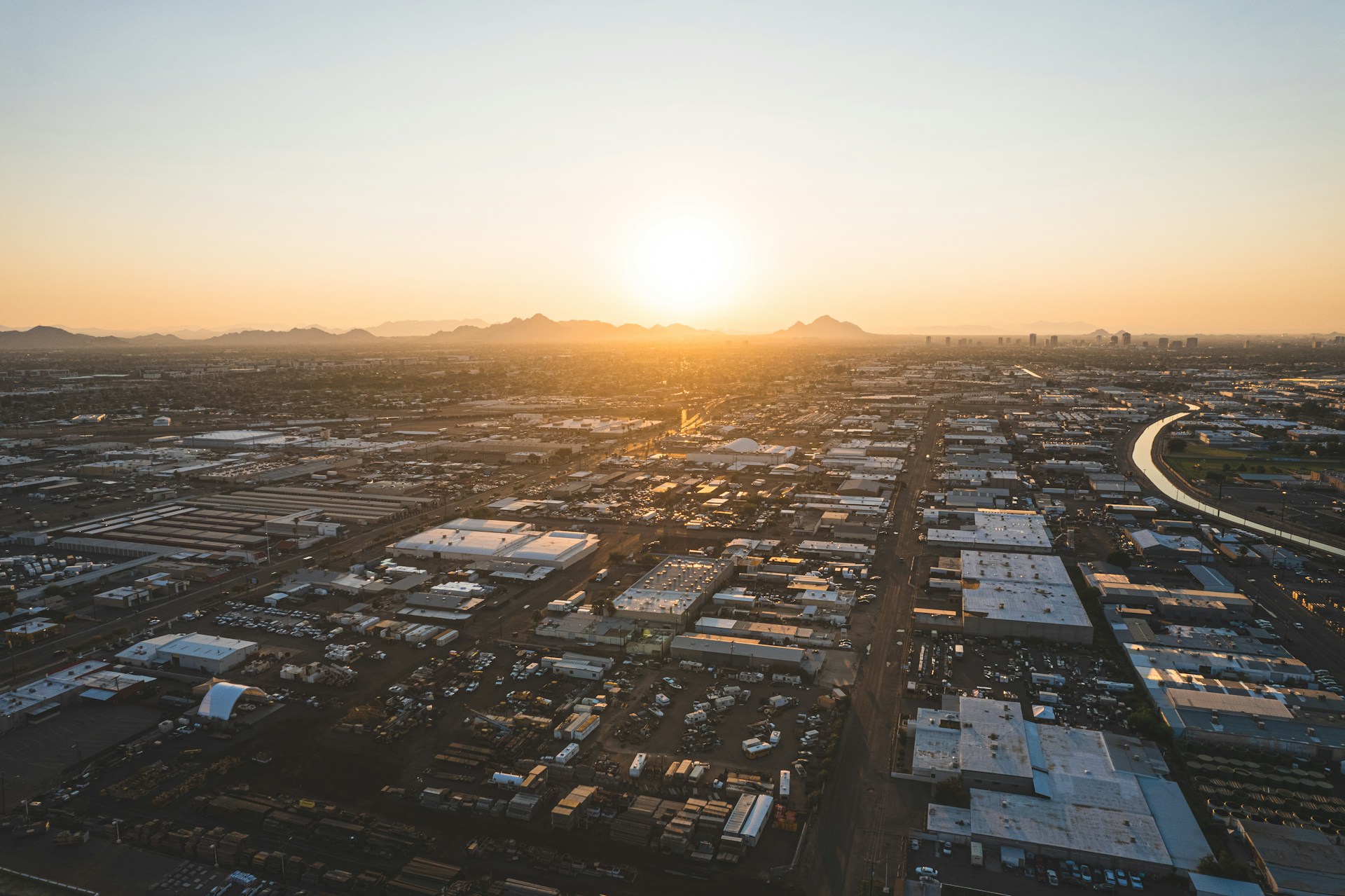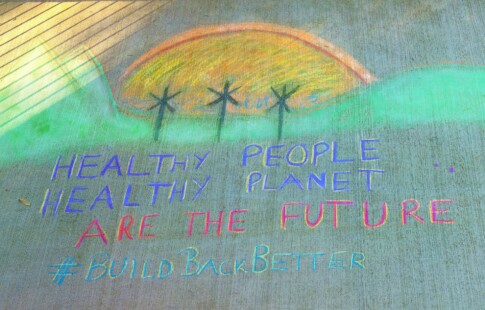
Lessons Learned: Surviving the Brutal 2023 Heat Wave
We are reader-supported. When you buy through links on our site, we may earn affiliate commission.
If you’ve thought summers were getting warmer annually, you’re not imagining things. The 2023 heat wave, in particular, broke records and impacted people, wildlife and the environment alike. Unfortunately, the world can expect more extreme temperatures as global warming advances exponentially.
Last year’s heat wave delivered an essential lesson of caution and resilience: Adaptation is necessary and dire to withstand future heat wave events. Here’s what happened during the heat wave of 2023 and ways the United States can plan for hotter years ahead.
Record-Breaking Heat Takes the U.S. By Storm
According to NASA, the summer of 2023 was the hottest season on record since 1880. June through August reached a combined 0.41 degrees Fahrenheit warmer than all other recorded summers and 2.1 F warmer than summer averages between 1951 and 1980.
Across the southern U.S., excessive heat induced long stretches of triple-digit temperatures. For instance, El Paso, Texas, shattered records with 44 consecutive days of 100 F or higher in June and July. Phoenix, Arizona, also registered 31 days straight of 110 degrees or more. In Death Valley National Park in Nevada, temperatures soared over 120 F for 17 days from mid-to-late July.
The numbers are breathtaking in more than one way. Heat waves increase the risk of wildfires and damage crops. They also worsen air pollution by creating stagnant air filled with ozone and particulate matter. Studies show 10 million people die annually from air pollution alone. In Arizona’s Maricopa County, officials confirmed 579 heat-related deaths by the end of the season — a higher mortality rate than anywhere else in the U.S.
4 Lessons from the 2023 Heat Wave
Metropolises worldwide are adopting new policies and infrastructure to mitigate the effects of future heat waves. Seville, Spain’s “policy of shade” has included installing awnings on buildings throughout the city. At the same time, Sydney plans to plant 5 million trees for denser canopies to prevent the urban heat island effect.
The U.S. must also make its own preparations to combat future heat waves. Some places have already started — for instance, Los Angeles is painting its streets white to reflect light and prevent heat absorption.
Here are other ways U.S. cities must learn to adapt and protect their communities from impending heat waves.
1. Stay Informed and Prepared
If the 2023 heat wave taught the nation anything, it’s information and preparedness matter. Paying attention to weather forecasts and heat advisories is critical for protecting oneself from excessive temperatures.
Emergency kits are no longer a suggestion. It is best to keep plenty of water, non-perishable goods, and first-aid supplies on hand for unforeseen circumstances.
What if the power goes out for some time? On July 27, 2023, the U.S. electricity grid generated 1.6 times the amount of electricity created by all nuclear power plants worldwide in one day. The power grid may have survived last year’s heat wave but is still crumbling. As such, preparedness may also include opting for renewable energy sources, power storage, and a backup generator in case of power outages.
2. Seek Ways to Stay Cool
Keeping cool during heat waves is a crucial public health measure. Locate your local cooling center in case your home’s power gives out, or you need a cool respite from the outdoors. Running the air conditioner at home — preferably with a programmable or smart thermostat — ensures optimal indoor comfort even on the hottest days.
Other measures include staying hydrated and avoiding the heat altogether. Likewise, you’ll want to wear breathable, loose-fitting clothing to prevent overheating.
3. Improve Infrastructure
Green infrastructure is critical for protecting communities from the effects of heat waves in the future. Constructing buildings for energy efficiency using sustainable materials will safeguard structural integrity and reduce climate-worsening emissions for years to come.
Cool pavements and roofs utilize sun-reflective materials, which are conducive to absorbing less heat. Increasing the amount of vegetation throughout metropolitan areas will also prevent cities from becoming too warm.
Converting empty lots into green spaces and creating rain gardens are other ways communities can remain cool. As seen in Leipzig, Germany, increasing tree density by 60% has significantly impacted the cooling of the surrounding area. It is crucial for the U.S. to follow in its footsteps.
4. Support the Community
“Community” is at the epicenter of heat wave resilience now as much as the future. Even gestures like checking in with neighbors, older adults, and other vulnerable populations go a long way in mitigating heat effects on public health and safety.
Homeless people are often the first to succumb to excessive temperatures. During the 2023 heat wave, 46-year-old Crystal Gradilla from Phoenix became the first homeless person to die when temperatures reached 99 F. Deaths like Gradilla’s are what lead many to call heat the “silent killer.”
In New Orleans, homelessness has risen by 15% since 2022 due to a lack of affordable housing. Temperatures also reach the triple digits during the summer, coupled with high humidity and a higher risk of hurricanes.
Sun and heat can severely affect humans. For instance, you increase your risk of heat stroke, heart attack, asthma attack, or other worsening conditions. You also may develop porphyria cutanea tarda, which causes painful blisters.
Always protect yourself before helping someone else during a heat wave. Of course, look out for the most vulnerable by sharing whatever resources you can spare. Aside from homeless populations and older adults, women who are pregnant, children, athletes, outdoor workers, pets and those with chronic conditions are likely to be most impacted by future weather patterns and excessive heat.
Also, support local aid and regulations — such as following the rules for utilizing electricity to prevent overloads.
Resilience for a Hotter Tomorrow
Nobody knows what tomorrow’s rising temperatures will bring, but the world can expect hotter weather overall. Preparing for heat waves is a matter of life and death in some places, especially those struck by increased air pollution and mortality rates during the 2023 heat wave.
Share on
Like what you read? Join other Environment.co readers!
Get the latest updates on our planet by subscribing to the Environment.co newsletter!
About the author
Steve Russell
Steve is the Managing Editor of Environment.co and regularly contributes articles related to wildlife, biodiversity, and recycling. His passions include wildlife photography and bird watching.





